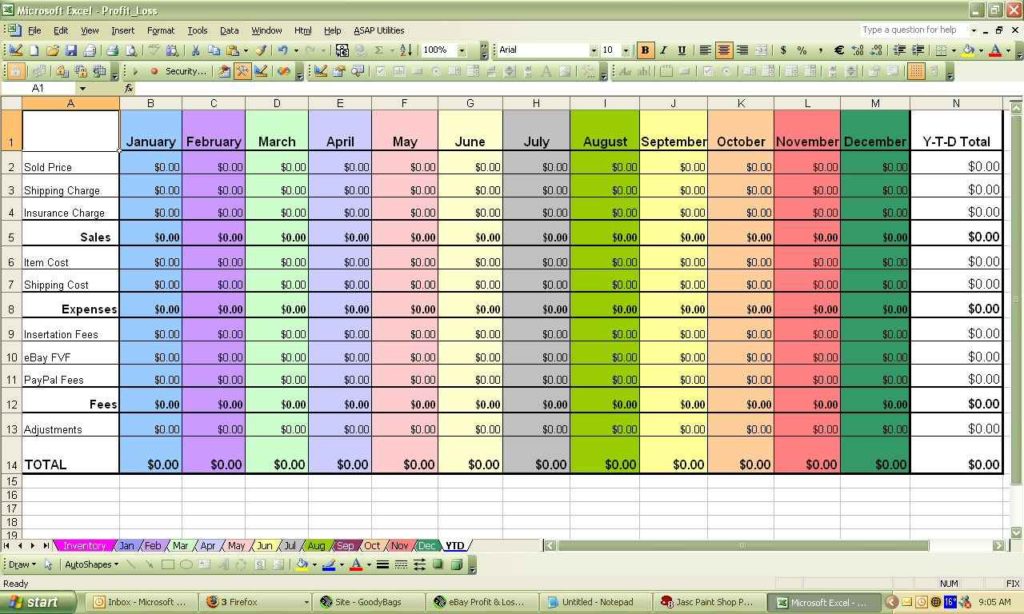3 Ways to Read Excel Sheet Names in Java

Excel sheets are a staple in the business world for data analysis, project management, and record-keeping. Understanding how to programmatically interact with these documents can significantly enhance automation and data processing capabilities in Java applications. One crucial aspect of working with Excel files is being able to dynamically read their sheet names. This skill can be invaluable for developing software that needs to adapt to changing data structures or user inputs. In this blog post, we'll explore three different methods to retrieve sheet names from an Excel file using Java.
Method 1: Using Apache POI

Apache POI is a powerful library for working with Microsoft Office files in Java, particularly for handling Excel files. Here’s how you can read sheet names using this library:
- Download and Setup: First, ensure you have Apache POI in your project dependencies.
- Code Sample:
import org.apache.poi.ss.usermodel.*; import org.apache.poi.xssf.usermodel.XSSFWorkbook; public class ReadExcelSheetNames { public static void main(String[] args) throws Exception { Workbook workbook = WorkbookFactory.create(new File("path/to/yourfile.xlsx")); // Iterate through sheets and print names for(int i = 0; i < workbook.getNumberOfSheets(); i++){ System.out.println("Sheet at index " + i + ": " + workbook.getSheetAt(i).getSheetName()); } workbook.close(); } }After executing this code, you'll see all the sheet names listed in your console, indicating the presence and order of sheets within the Excel workbook.
🔍 Note: Make sure to handle exceptions, as file I/O operations can throw errors.
Method 2: Using JXL (Java Excel API)

JXL, another Java library, was popular before Apache POI’s rise for handling .xls files, which are Excel files prior to the 2007 format. Here’s how you can use it:
- Download and Setup: Include JXL in your project dependencies.
- Code Sample:
import jxl.Sheet; import jxl.Workbook; import jxl.WorkbookSettings; import java.io.File; public class ReadSheetNamesJXL { public static void main(String[] args) throws Exception { WorkbookSettings ws = new WorkbookSettings(); Workbook workbook = Workbook.getWorkbook(new File("path/to/yourfile.xls"), ws); // Printing sheet names for(int i = 0; i < workbook.getNumberOfSheets(); i++) { Sheet sheet = workbook.getSheet(i); System.out.println("Sheet at index " + i + ": " + sheet.getName()); } workbook.close(); } }
While JXL is less commonly used now, it provides a straightforward way to interact with older Excel file formats.
Method 3: Using a Custom OLE File Parser

For an educational exercise or when the above libraries are not available, you might opt for writing your own parser to read the sheet names. This involves parsing the OLE (Object Linking and Embedding) compound file format:
- Understanding OLE: Microsoft Office documents before the .xlsx format use the OLE2 file format, which is a complex binary structure.
- Code Sample:
import java.io.DataInputStream; import java.io.FileInputStream; import java.io.IOException; public class CustomOLEParser { public static void main(String[] args) { try (DataInputStream dis = new DataInputStream(new FileInputStream("path/to/yourfile.xls"))) { byte[] header = new byte[8]; // OLE header dis.readFully(header); if (!isOLEFile(header)) { System.out.println("Not a valid OLE file."); return; } // Navigate to SheetNames directory long sheetNamesDirPosition = findSheetNamesDirOffset(dis); if (sheetNamesDirPosition < 0) { System.out.println("Couldn't find sheet names directory."); return; } // Code to read sheet names here... } catch (IOException e) { e.printStackTrace(); } } private static boolean isOLEFile(byte[] header) { return header[0] == 0xD0 && header[1] == 0xCF && header[2] == 0x11 && header[3] == 0xE0; } private static long findSheetNamesDirOffset(DataInputStream dis) { // Implement the logic to find the offset... return -1L; // Placeholder for actual implementation } }This method, while intricate and demanding a deeper understanding of file formats, demonstrates how one might approach reading sheet names without external libraries.
🔬 Note: The complexity of parsing OLE files can lead to errors, especially with corrupted or non-standard files.
When wrapping up our exploration of these methods for reading Excel sheet names, we've seen the power and ease provided by libraries like Apache POI and JXL. These tools facilitate rapid development and robust application design. Even crafting a custom parser offers a unique insight into file formats. The key takeaway is the adaptability of Java in handling different data formats, enabling developers to build versatile applications capable of managing complex data structures like Excel files.
What are the main differences between Apache POI and JXL?

+
Apache POI supports both .xls and .xlsx formats, while JXL mainly handles older .xls files. POI also has a broader API for various Excel functionalities.
Is it necessary to close the workbook after reading?

+
Yes, closing the workbook is crucial to release file locks and free up system resources, especially in applications that will handle multiple files.
Can these methods be used for other Office file formats?

+
Absolutely! Apache POI, for example, has capabilities for Word and PowerPoint as well, though the specifics would differ.



